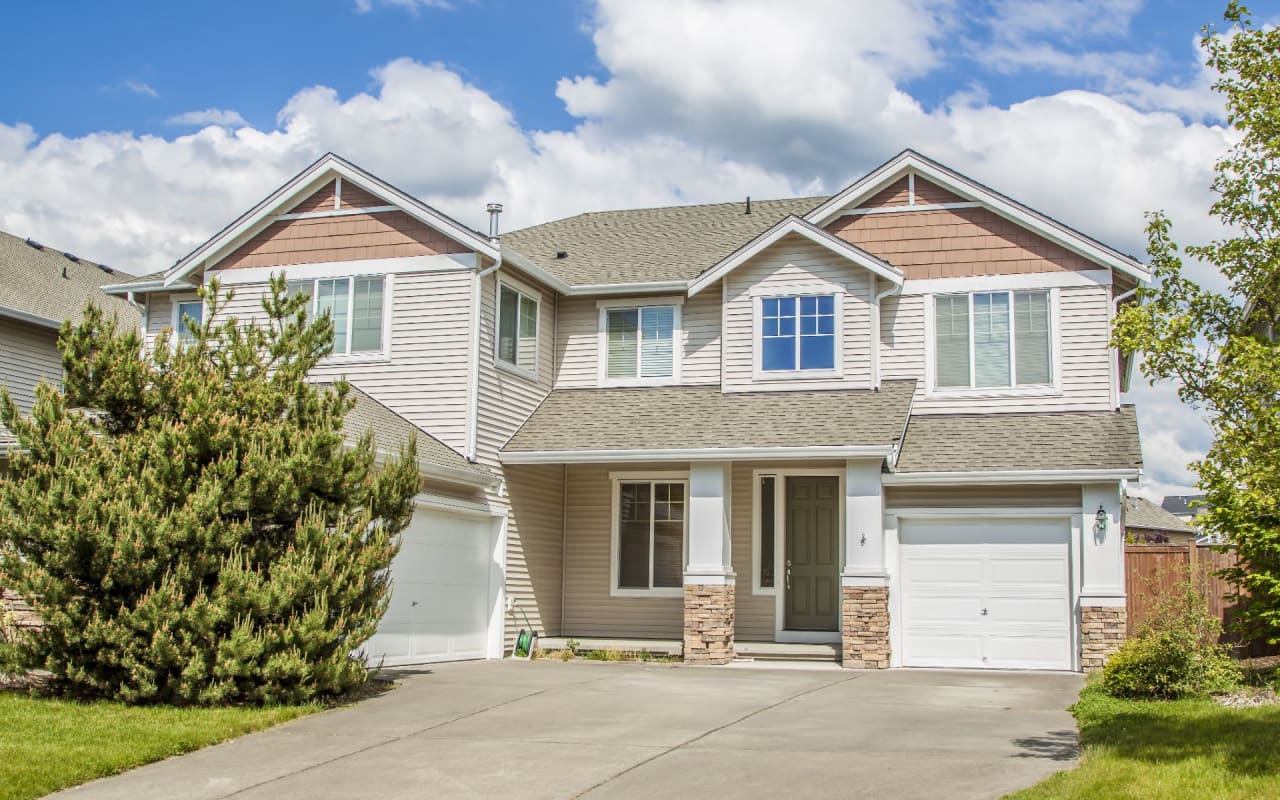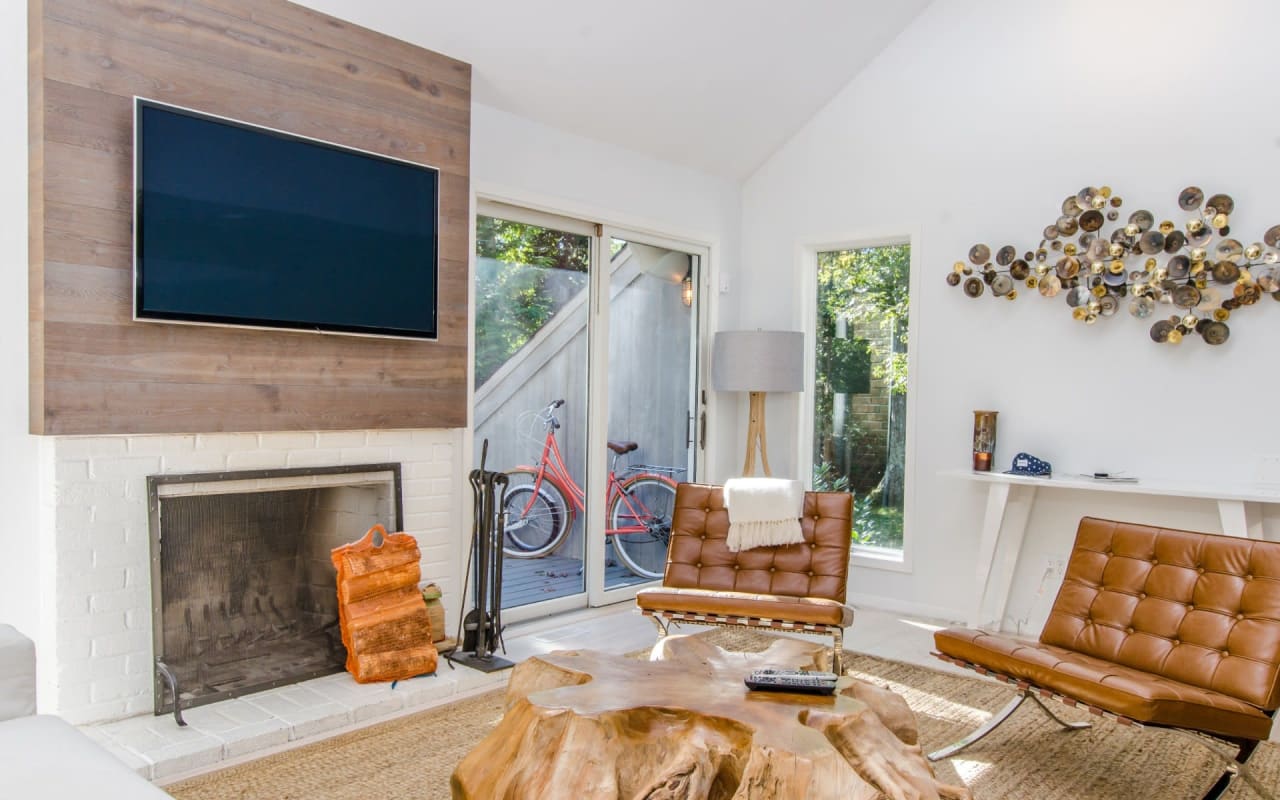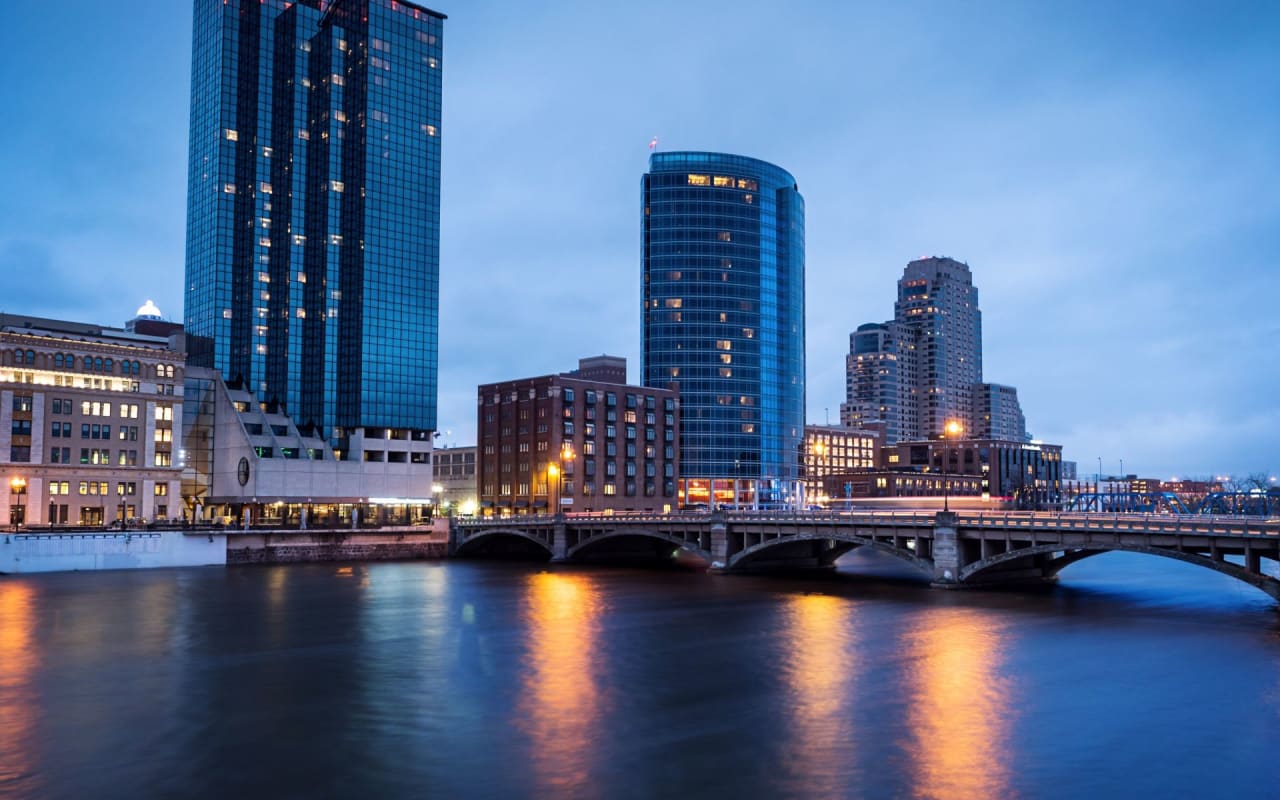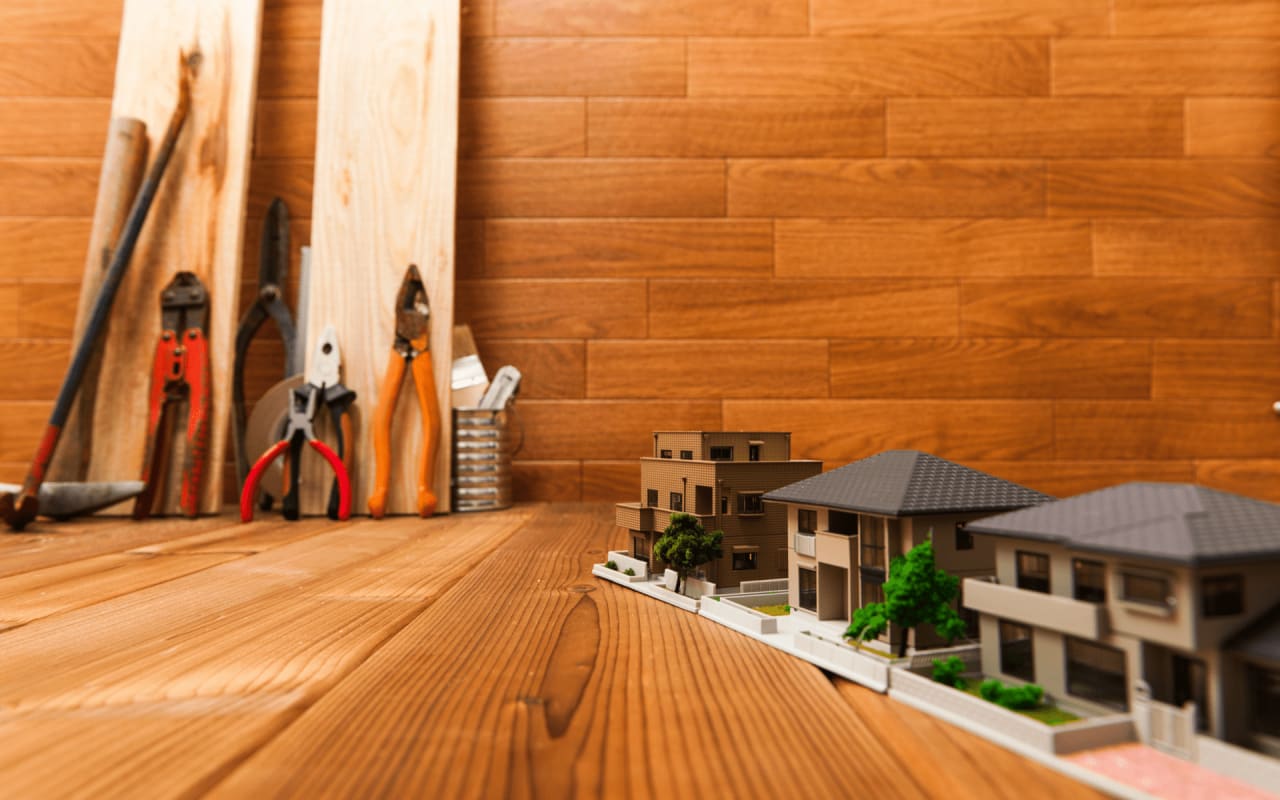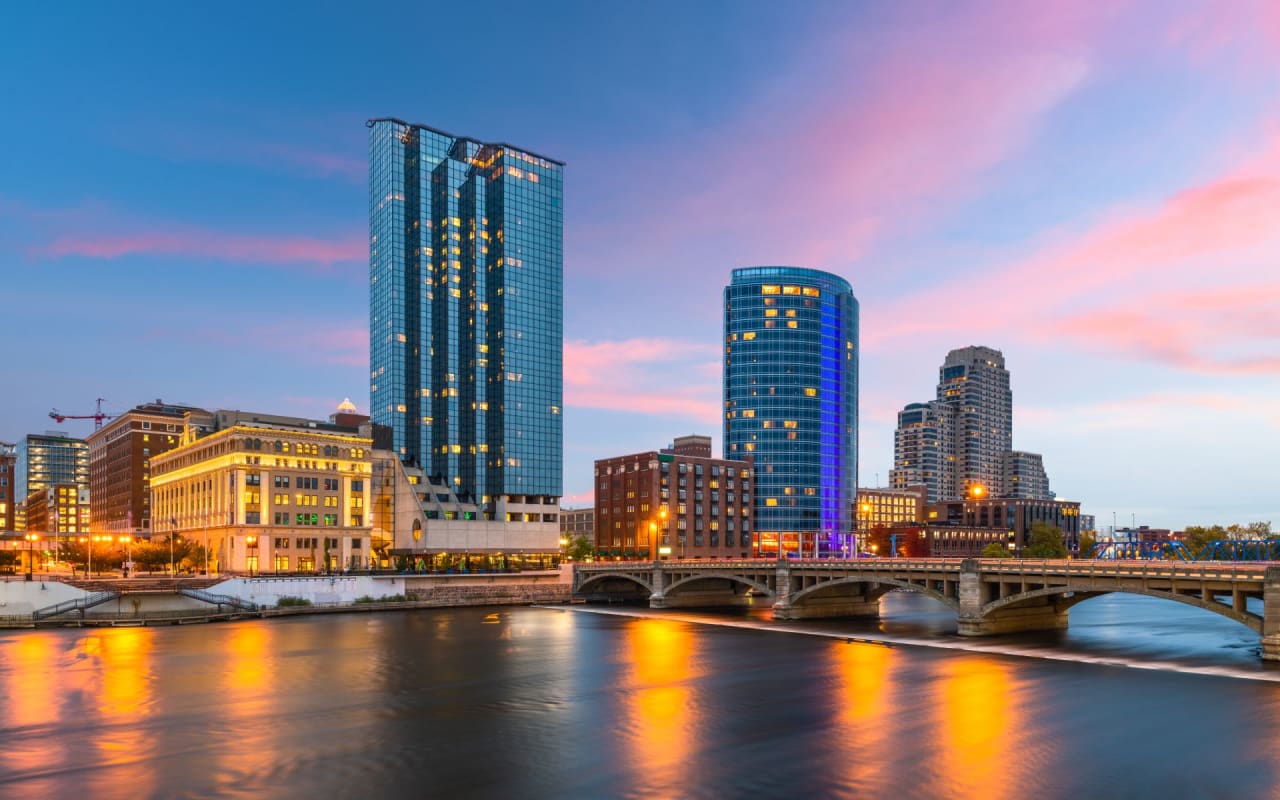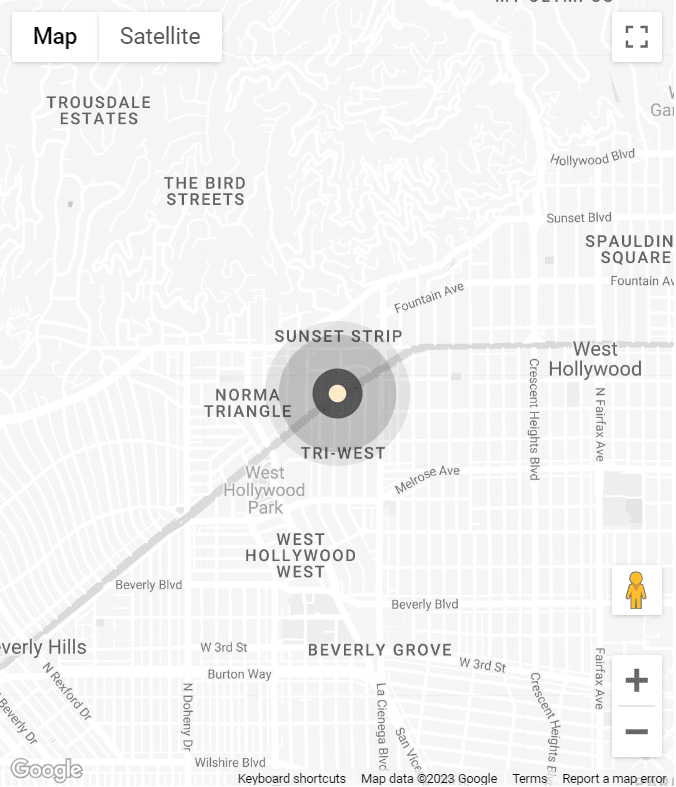Forest Hills is a welcoming suburb filled with lavish green spaces and striking natural beauty. Those fortunate enough to call this community home are favored with a small-town atmosphere while benefitting from the many urban amenities in nearby Grand Rapids. Locals enjoy hiking in nearby Cascade Peace Park or attending community events at the Ada History Center. Forest Hills is also home to some of the area's most popular architectural styles.
Forest Hills has something for every taste, ranging from modern farmhouses to sleek and minimalist designs. Among the most popular styles is the Craftsman-style home, which emphasizes natural materials and handcrafted details. Another popular style is Colonial-style, characterized by elegant details and classic symmetry. Clean lines and a focus on functionality make Mid-Century Modern an excellent choice for those who prefer a contemporary look. Forest Hills architecture offers a variety of styles to suit every taste.
Craftsman style
Overhanging eaves and wide front porches are common features of Craftsman or Arts and Crafts style homes. Generally, the roofs are low-slung and gabled. Most of them are crafted from wood, stucco, or stone. These homes are built with simplicity to allow them to blend into the landscape. In the beautifully lush Forest Hills surroundings, Craftsman homes look sophisticated and natural.
Mid-Century Modern
Mid-Century Modern houses still have appeal due to their clean but interesting look. Forest Hill's leafy trees and blue skies provide enough elaboration for aesthetic expression. This style alone, or in combination with newer designs, can be found in existing Forest Hill homes or those listed on the market.
Colonial Revival
The Colonial Revival style is known for its mix of elements and wide range of options. Many Colonial characteristics combine with ornate Victorian features, including intricate detailing, porticos, moldings, and large windows. This home style combines symmetry and structure from the colonial period with fanciful tastes from the Victorian era. Contemporary versions of this style look stunning and classic.
Ranch style
Many Forest Hill homes are situated on large lots. The sprawling layout of the Ranch style is well suited for these larger yards. You will often find this style of home with sliding glass doors that access a large patio where homeowners can sit and enjoy the beautiful southeastern Michigan summers.
Greek Revival
A characteristic of the Greek Revival style is the use of multi-paned windows and rectangular transoms at entrances. Low-pitched gables, similar to those of classical temples, were topped with substantial cornices. Greek Revival buildings often have columns and pilasters that mimic ancient structures. Contemporary homes built in this style have a clean, classic look.
Georgian style
While there are a few Georgian-style homes in Forest Hills, many were built with Georgian-style influences. These homes have doors and windows that allow abundant natural light. The symmetry and order of this style of home create a grand presence. When built on a larger scale, they resemble stately mansions.
The architecture of nearby buildings
Cathedral of St. Andrew: This dazzling, ornate church still functions today. It was built in the Gothic Revival style, characterized by distinctive pointed arches, vaulted roofs, cross gables, towers, and framing timbers that are exposed. Its front entrance was remodeled in 2009, and the piazza emulating Michelangelos’s Capitoline Hill piazza was laid.
McKay Tower: Built first as the Wonderly Building in 1890, the building was bought by Frank D. McKay in the 1940s. The building is an excellent example of the Greek Revival style.
Explore Forest Hills' architectural styles
*Header photo courtesy of Robert Antonini


















